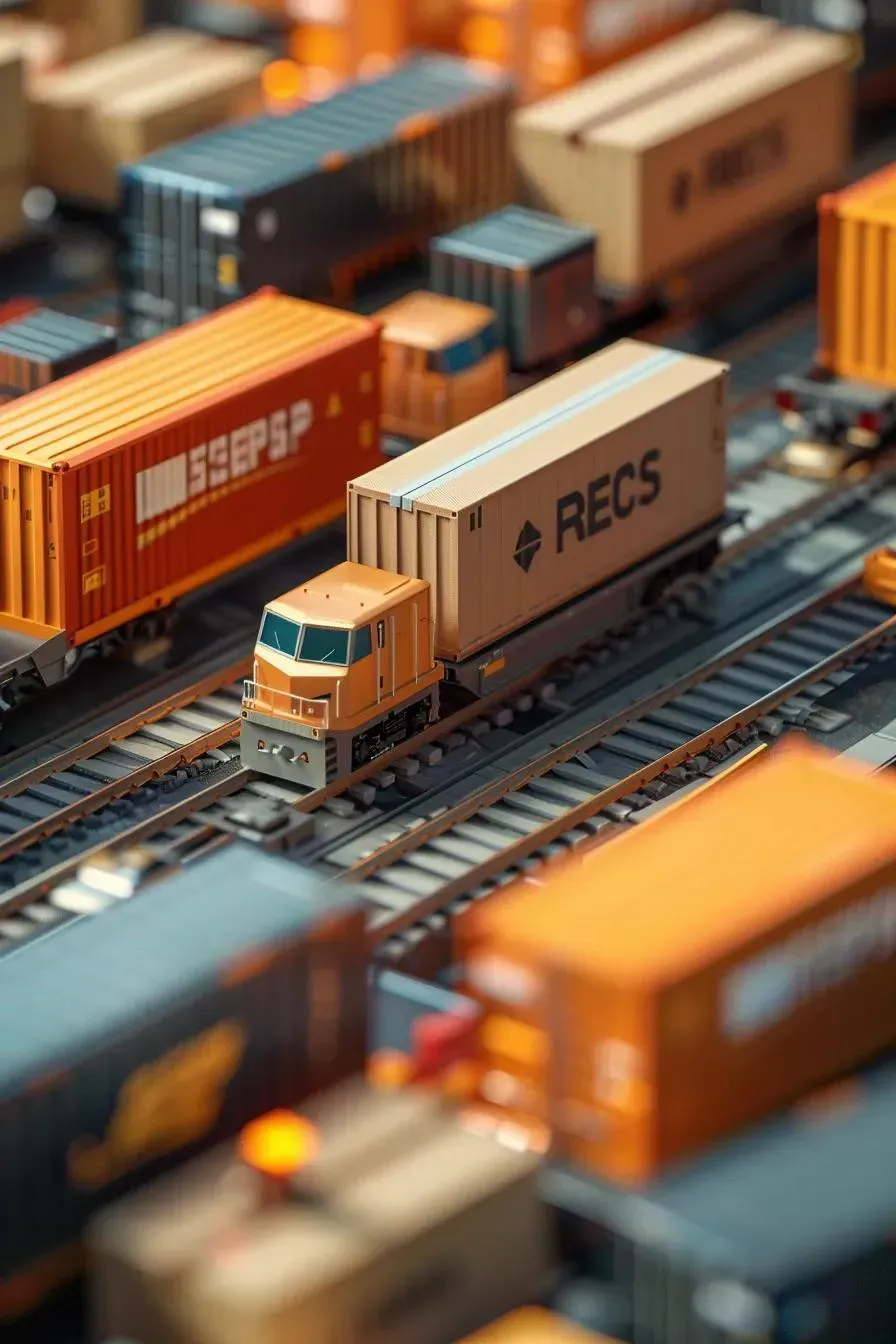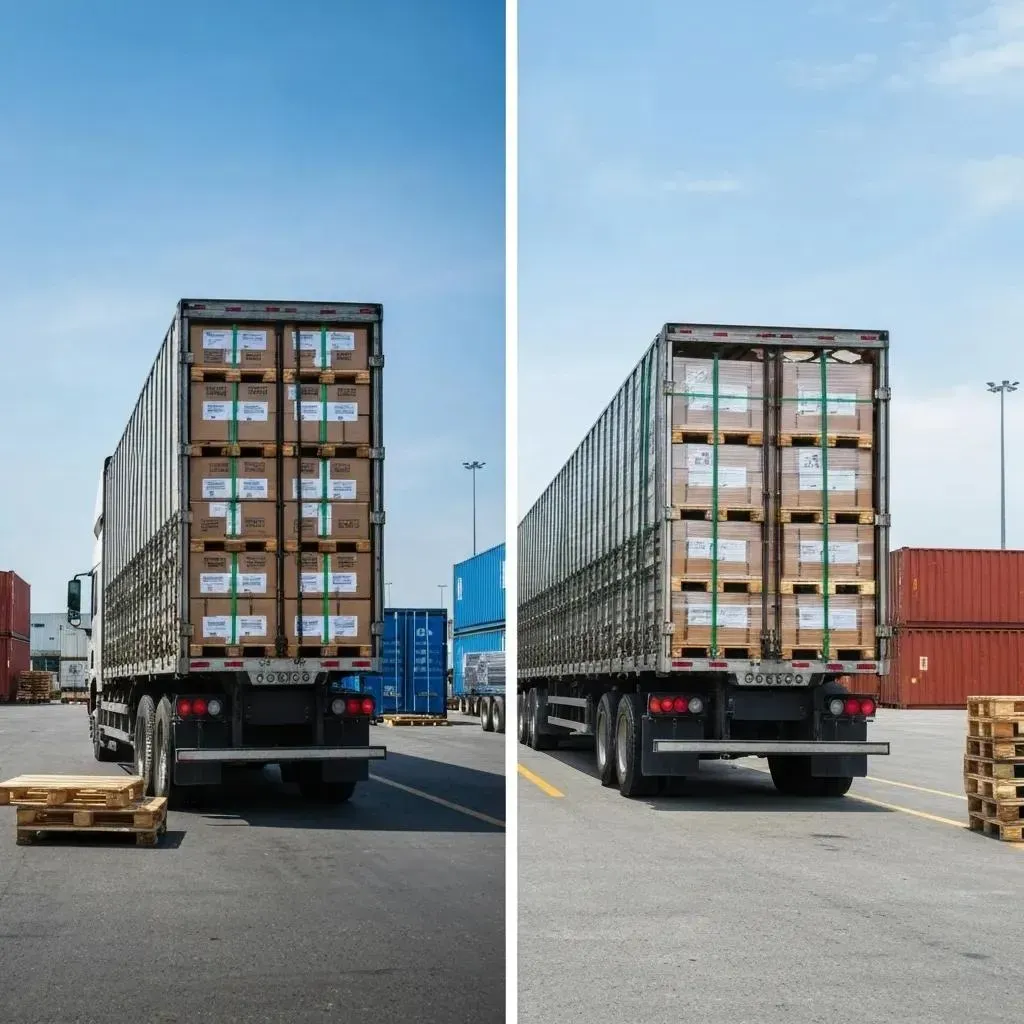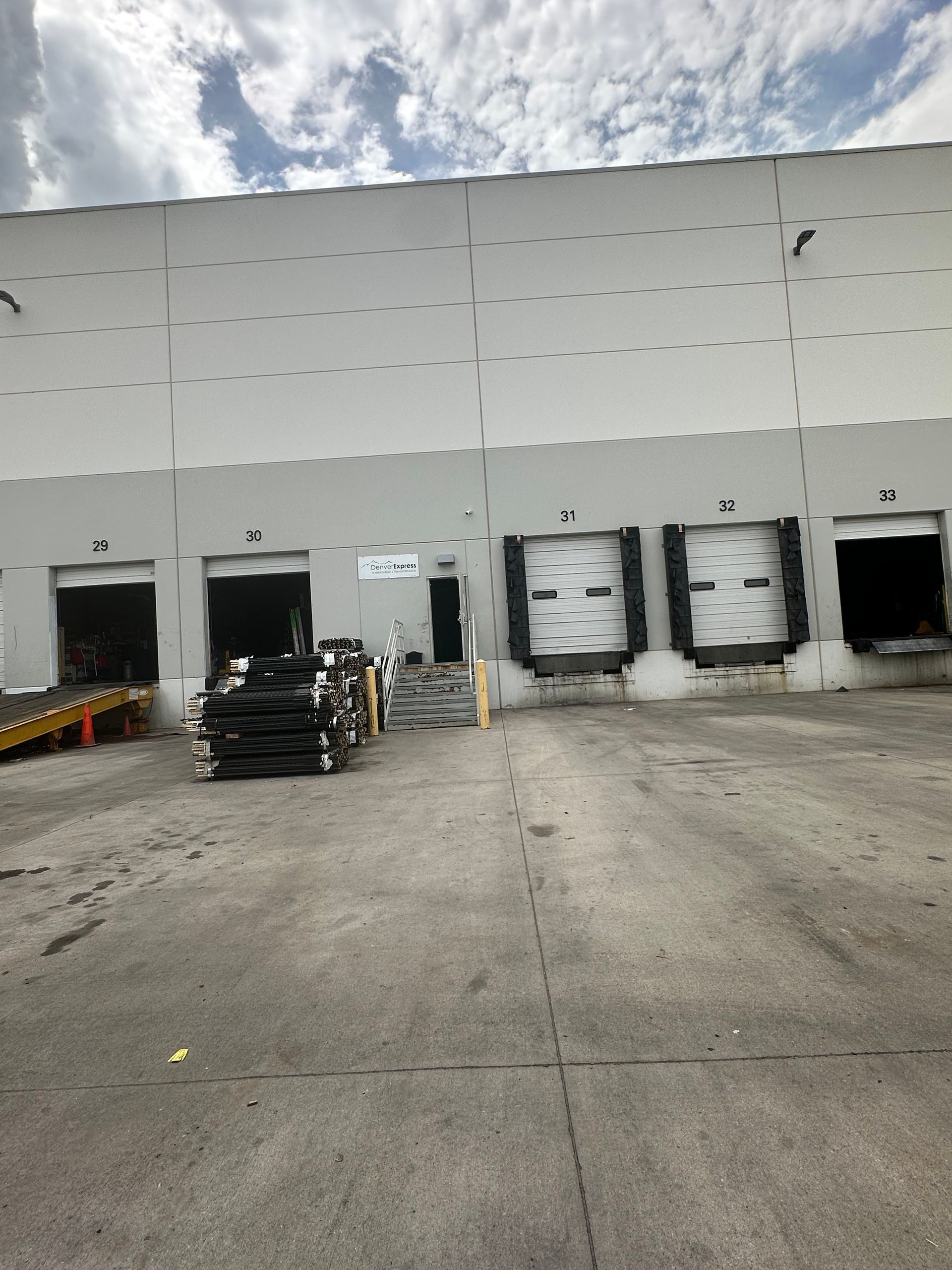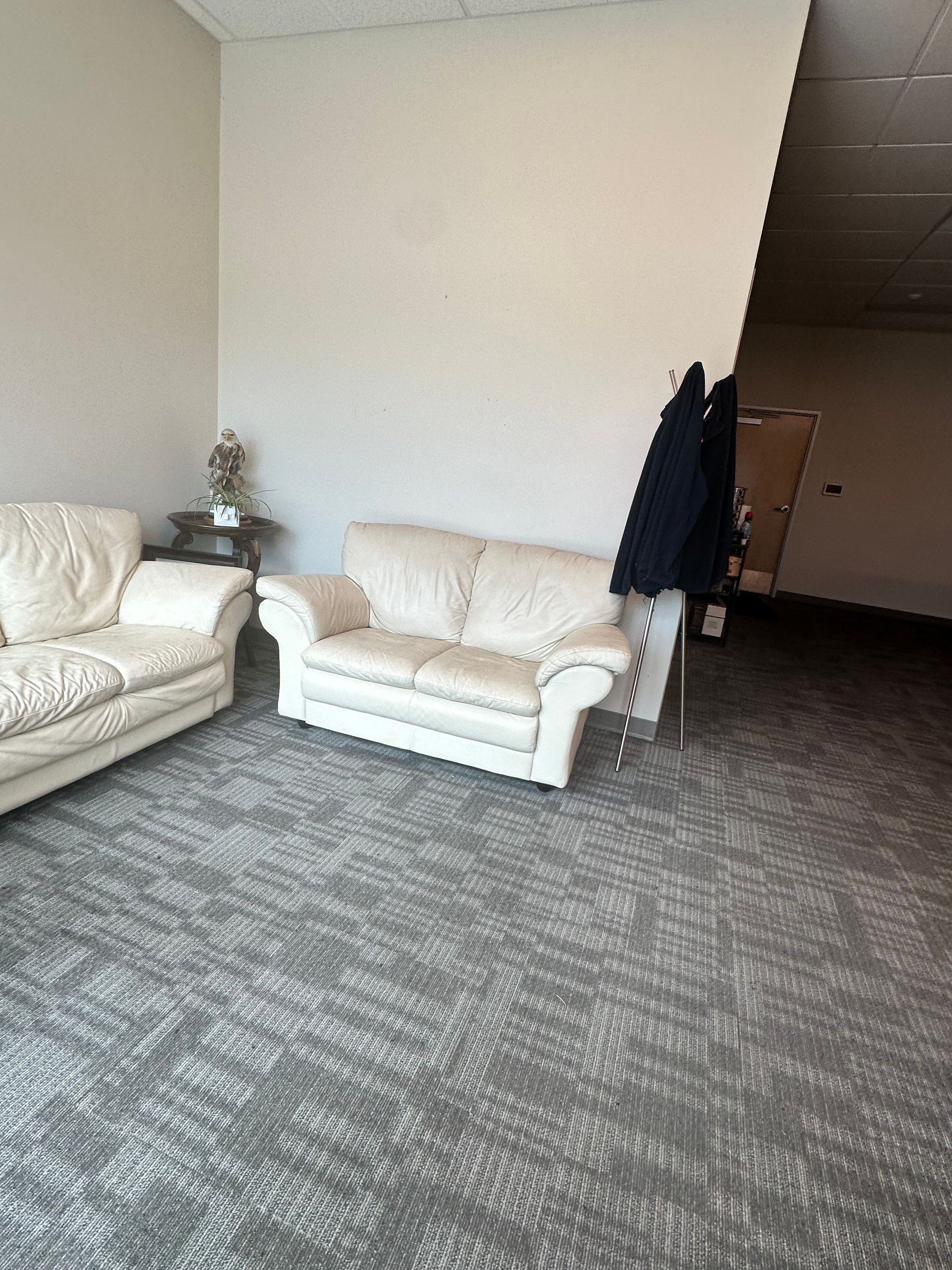Bill of Lading Guide | Smooth Freight Shipping Denver
Mastering the Bill of Lading: Your Guide to Smooth Freight Shipping
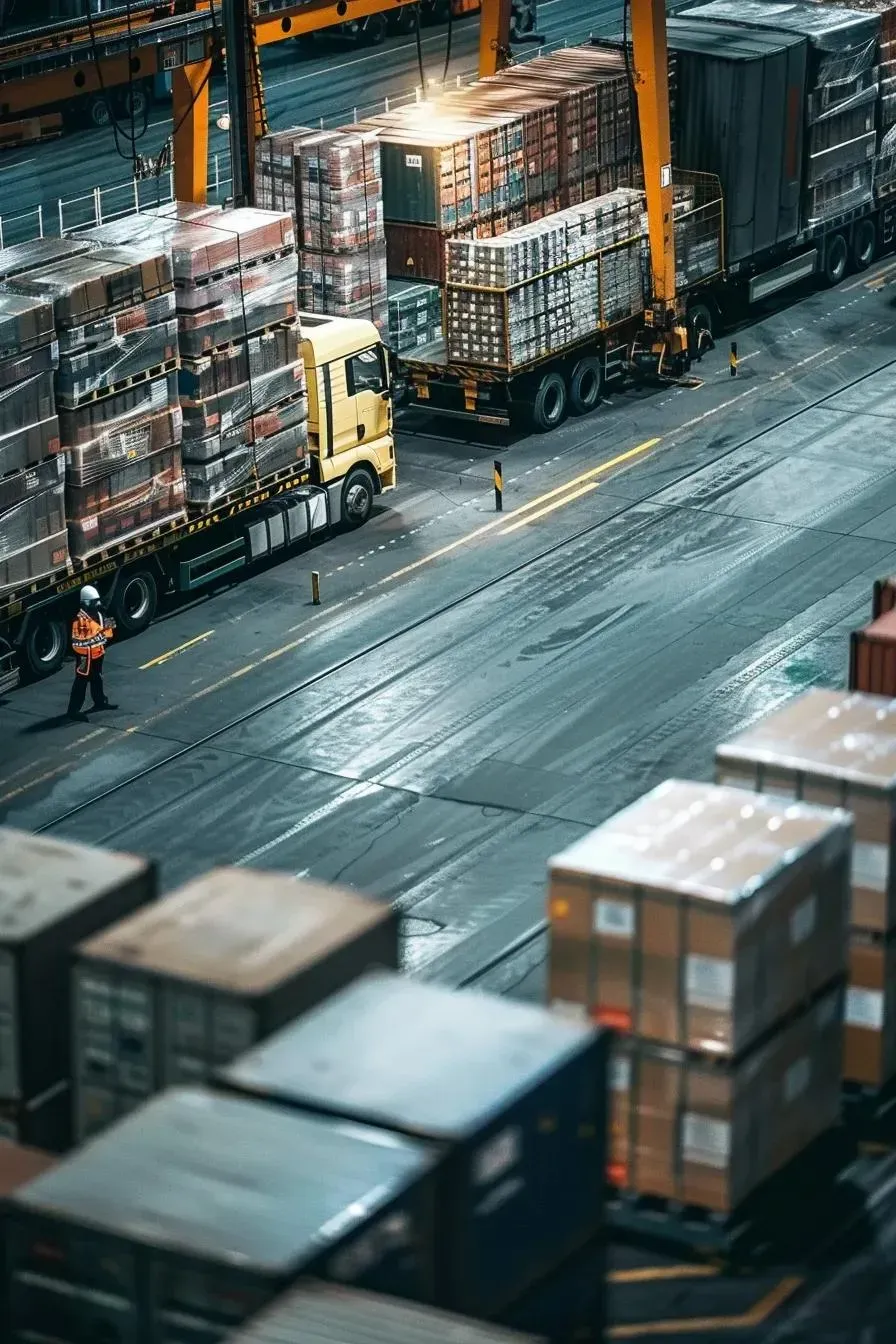
Each year, shipping document errors lead to costly delays and freight claims that can bring your supply chain to a standstill. This guide to Bill of Lading Essentials will show you how this crucial legal document smooths out cargo movement, cuts down on liability, and keeps you compliant. We’ll cover what a Bill of Lading is, its functions and the parties involved, break down the key fields and different types, walk you through filling one out step-by-step, touch on legal considerations, highlight the shift to electronic BOLs, and answer your top business questions—all geared for Colorado Front Range shippers who demand dependable logistics. By getting the basics right and tapping into Denver Express Co.’s expertise in freight and warehousing, your team can complete Bills of Lading accurately, sidestep common pitfalls, and keep your goods moving on schedule.
What Exactly Is a Bill of Lading and Why Does It Matter in Logistics?
A Bill of Lading is a legally binding document that serves as proof of receipt for goods, establishes the terms of a carriage contract, and acts as a title instrument. It ensures that carriers, shippers, and consignees are all on the same page regarding the freight. By clearly outlining freight details, ownership rights, and transportation terms, it helps prevent disputes. For instance, a properly completed BOL shields a retailer from claims if goods arrive damaged, as the carrier’s responsibilities are explicitly stated. Understanding these three core functions is fundamental to accurate documentation throughout your logistics process.
What Are the Three Pillars of a Bill of Lading’s Functionality?
A Bill of Lading plays three vital roles in freight shipping:
- Proof of Receipt – This confirms the carrier has accepted the cargo and notes its condition at the time of pickup.
- Contractual Evidence – It documents the agreed-upon terms between the shipper and carrier, including routes, rates, and liability limits.
- Title Document – It signifies ownership rights; endorsing an order BOL allows title to transfer from seller to buyer.
These functions work in tandem to secure transactions, making precise completion essential for smooth handoffs and straightforward dispute resolution.
The Core Functions of a Bill of Lading
A Bill of Lading performs three primary functions: it acts as a receipt for the goods, a contract for carriage, and a document of title, representing ownership and enabling the holder to claim the goods upon delivery.
Who Are the Key Players in a Bill of Lading Transaction?
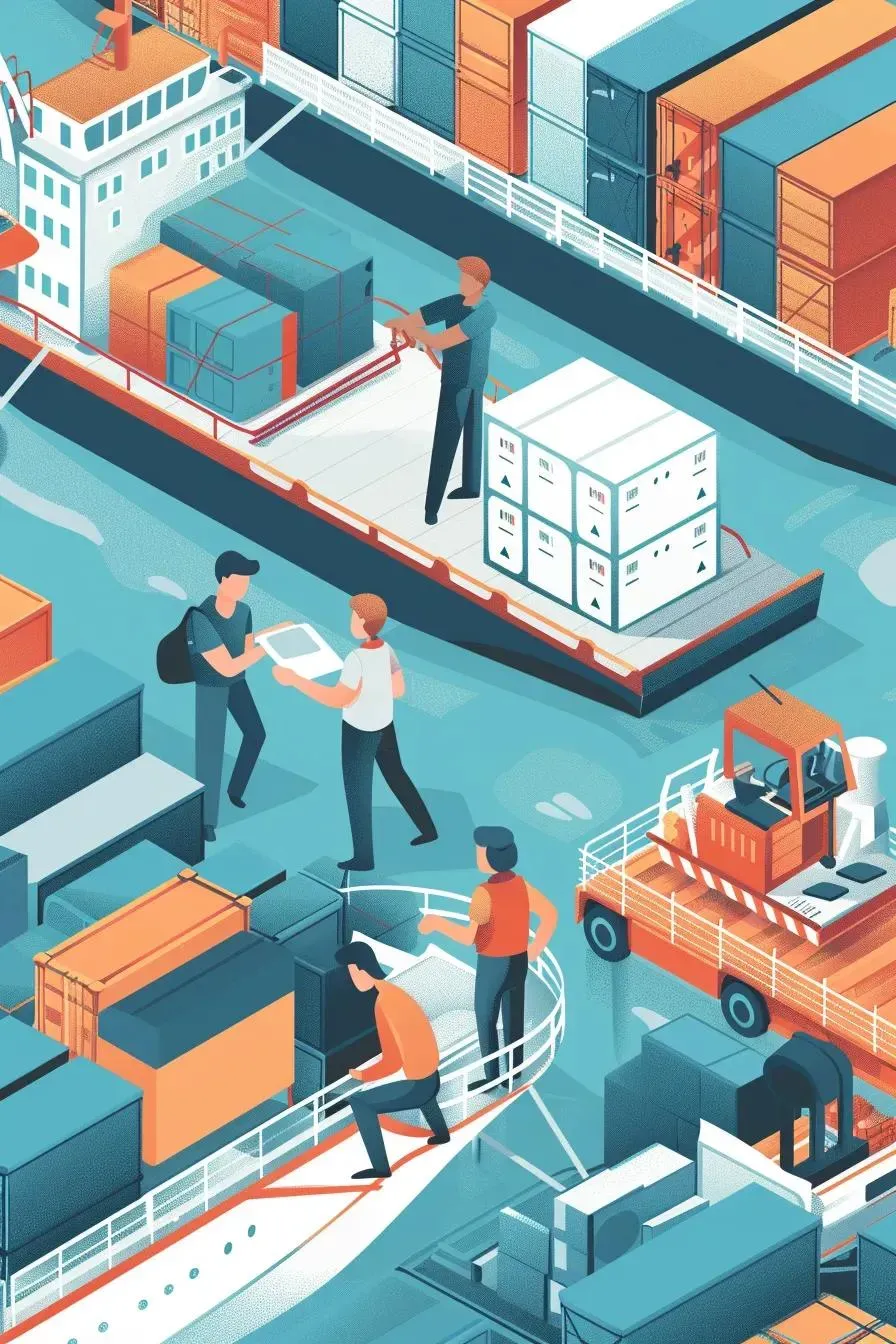
Every BOL form involves three main parties:
- Shipper (Consignor) – The entity or individual sending the goods and setting the shipping terms.
- Carrier – The transportation company taking possession and responsibility for moving the freight.
- Consignee – The intended recipient who gains title and takes physical delivery of the goods.
The signatures and details from each party confirm their respective roles, clarifying responsibilities and reducing confusion as the cargo changes hands.
How Does a Bill of Lading Streamline Freight Movement and Warehousing?
By consolidating shipment instructions, routing information, and handling directives into a single document, a Bill of Lading boosts operational efficiency across trucking, intermodal transfers, and storage. Carriers depend on BOLs for scheduling pickups, while warehouse teams use them to verify incoming inventory and prepare outgoing shipments. Local Colorado businesses benefit when Denver Express Co. utilizes accurate BOL data to optimize yard operations, minimize wait times, and ensure compliant storage—keeping your products flowing through the Front Range with minimal hassle.
What Are the Essential Elements and Requirements of a Bill of Lading?
A complete Bill of Lading includes critical fields that define the shipment and enforce contractual terms, thereby minimizing errors and legal risks. Accurately filling out these components helps carriers meet their obligations and shippers protect their interests, whether moving raw materials or finished retail products.
What Information Must Be Clearly Stated on a Bill of Lading?
Every BOL must include:
- Shipper’s name and address
- Consignee’s name and address
- Carrier’s name and DOT/MC number
- Detailed description of the goods (type, packaging, markings)
- Quantity, weight, and dimensions
- Freight class or NMFC number
- Origin and destination points
- Payment terms and associated charges
- Any special handling instructions
Here’s a structured look at the core fields:
| Field | Description | Why It’s Crucial |
|---|---|---|
| Shipper & Consignee | Names and addresses of the parties sending and receiving the shipment | Clearly identifies the contractual parties and the final delivery location |
| Description of Goods | A precise breakdown of the commodity and its packaging type | Ensures correct handling, classification, and adequate insurance coverage |
| Weight & Dimensions | The total gross weight and the size of the packages | Essential for determining shipping costs and the type of equipment needed |
| Freight Class/NMFC | The standardized classification code for the goods | Aligns shipping charges and sets the carrier’s liability limits |
Accurate capture of these fields forms the legal bedrock for every shipment and paves the way for deliveries without disputes.
How Do Payment Terms and Special Instructions Impact the Bill of Lading?
Payment terms (such as prepaid, collect, or third-party billing) and specific handling instructions (like “fragile” or “temperature-controlled”) directly affect the carrier’s responsibilities and the billing process. For example, a “collect” shipment means the consignee is responsible for payment, while a “liftgate required” instruction adds an extra service step. Documenting these details correctly prevents unexpected charges and service failures.
What Are Common Pitfalls to Avoid When Completing a Bill of Lading?
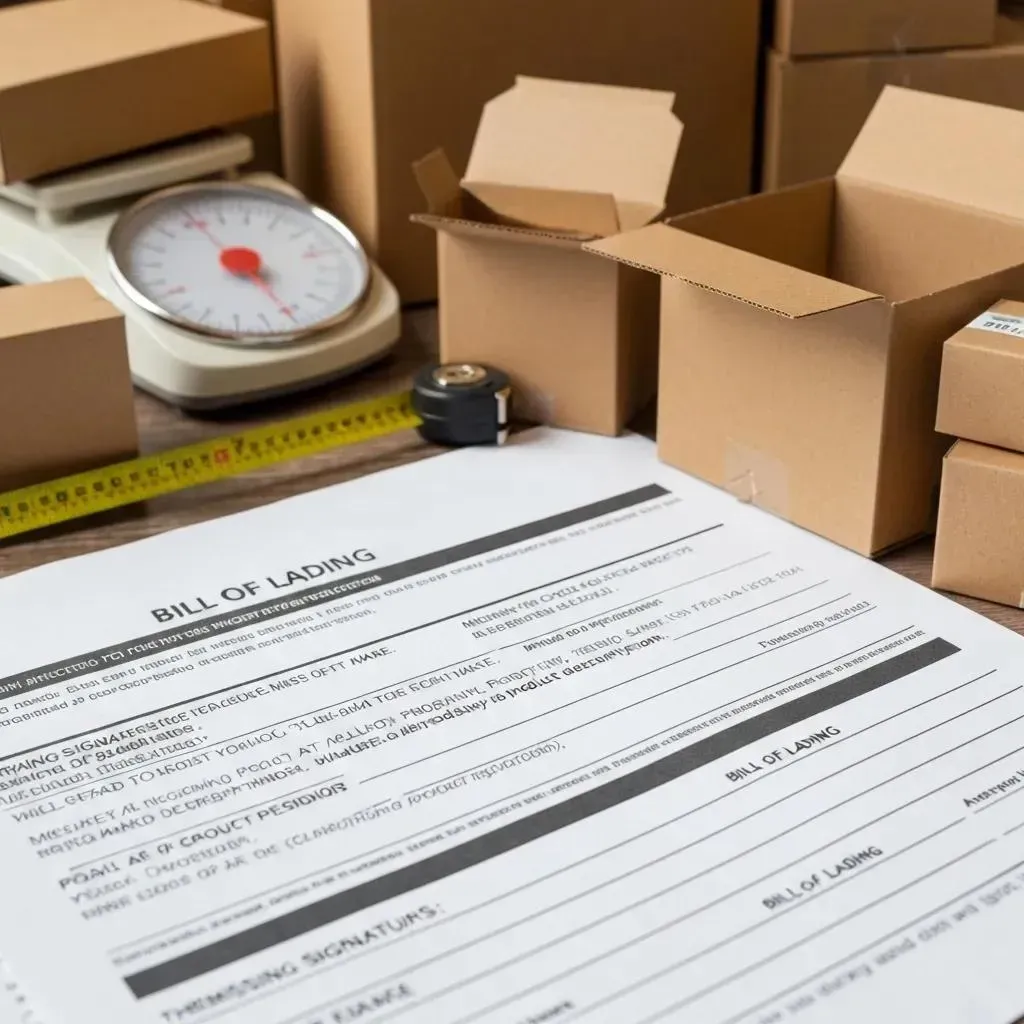
Incomplete or incorrect BOLs often stem from:
- Failing to specify exact package counts or using vague descriptions
- Misidentifying the freight class or incorrect weight
- Overlooking hazardous material codes when applicable
- Incorrectly stating payment terms or omitting necessary signatures
Paying close attention to every field helps prevent processing delays, protects your liability coverage, and safeguards your revenue.
Exploring the Different Types of Bills of Lading and Their Applications
Bills of Lading can differ based on their negotiability, who issues them, and their scope of coverage. Selecting the appropriate type ensures that title transfer and risk management align with your shipment’s commercial arrangements.
What Is a Straight Bill of Lading and When Should It Be Used?
A Straight Bill of Lading is non-negotiable and specifies a particular consignee who is authorized to receive the goods. This type is suitable for transactions where title transfer isn’t required through endorsement, such as direct shipments between parties with an established business relationship.
How Does an Order Bill of Lading Differ from a Bearer Bill of Lading?
An Order BOL is negotiable, meaning title can be transferred by endorsement, making it useful for financing arrangements or sales that occur while goods are in transit. A Bearer BOL transfers title to whoever physically possesses the document, which can simplify cash-on-delivery transactions but requires strict security measures to prevent loss or theft.
What Are Master, House, Through, Clean, and Claused Bills of Lading?
Freight forwarders and carriers utilize specialized BOLs for various scenarios:
- Master Bill of Lading – Issued by the primary carrier, covering the entire transportation journey.
- House Bill of Lading – Issued by a freight forwarder or consolidator for individual sub-shipments within a larger load.
- Through Bill of Lading – Covers transportation across multiple carriers or modes of transport under a single document.
- Clean Bill of Lading – Confirms that the goods were received in apparent good condition, with no noted exceptions.
- Claused (Dirty) Bill of Lading – Includes notations indicating visible damage or other issues observed at the time of pickup.
Understanding these types helps allocate responsibility and clarify transfer points across complex shipping networks.
What Is an Electronic Bill of Lading (eBOL) and How Is It Revolutionizing Logistics?
An eBOL is a digital version of the traditional paper BOL, utilizing secure electronic data interchange and blockchain technology. By automating data entry and title transfers, eBOLs enhance traceability, reduce the potential for fraud, and significantly cut down processing times, leading to substantial cost savings for both shippers and carriers.
Your Step-by-Step Guide to Filling Out a Bill of Lading and Best Practices
An efficient completion process ensures prompt carrier acceptance, accurate billing, and minimal issues. Follow these steps to fill out your Bill of Lading correctly from the start.
What Information Is Essential for Completing a Bill of Lading?
Begin by accurately entering:
- Shipper and Consignee details – Full legal names, addresses, and contact phone numbers.
- Carrier information – The carrier’s name, DOT/MC number, and the chosen service level.
- Commodity description – Details on packaging type, any distinguishing marks, and numbers.
- Weights and measurements – Total number of pallets or packages, gross weight, and cubic measurements.
- Freight classification – The correct NMFC code or density-based classification.
- Payment terms – Specify whether the shipment is prepaid, collect, or billed to a third party.
- Special instructions – Any requirements like liftgate service, hazardous materials handling, or temperature control.
- Signatures and date – The shipper’s signature confirms the accuracy of the information provided.
How Can You Guarantee Accuracy and Sidestep Common Errors?
Implement a thorough verification process:
- Cross-reference commodity descriptions with your packing slips.
- Confirm weight and dimension measurements using calibrated scales.
- Verify freight class codes using the official NMFC directory.
- Review payment terms with your accounting department before finalizing.
Consistently using digital forms or templates can significantly reduce manual errors and speed up carrier acceptance.
How Does Denver Express Co. Assist Clients with Bill of Lading Completion?
As your dedicated logistics partner in the Front Range, Denver Express Co. offers:
- Customized BOL templates pre-populated with your company’s standard information
- Personalized training sessions on best practices for document completion
- Real-time review and auditing of BOLs through our advanced warehouse management system
Our expertise ensures your bills are error-free, compliant, and ready for seamless freight movement.
Understanding the Legal Framework and Significance of Bills of Lading in Freight Shipping
A Bill of Lading functions as both a legal contract and a certificate of title, meaning mishandling can expose shippers and carriers to regulatory scrutiny and potential liabilities.
Is a Bill of Lading a Legally Binding Document?
Absolutely. Once signed by both the shipper and the carrier, a BOL establishes enforceable obligations under maritime and transportation law. It dictates liability for loss or damage, delivery conditions, and payment commitments.
What Are the Key Regulations Governing Bills of Lading?
Important regulations include:
- The Pomerene Act of 1916 – This federal law governs motor carrier liability concerning freight loss and damage.
The Pomerene Act of 1916 Explained
The Pomerene Act of 1916 governs bills of lading used in interstate commerce, clearly defining the rights and responsibilities of both shippers and carriers.
- Federal Maritime Commission (FMC) rules – These regulations outline specific requirements for ocean-bound BOLs for both exports and imports.
- FMCSA regulations – The Federal Motor Carrier Safety Administration mandates accurate shipping descriptions, especially for hazardous materials transported on U.S. highways.
FMCSA and Hazardous Materials Regulations
The Federal Motor Carrier Safety Administration (FMCSA) establishes the standards for motor carriers, drivers, and vehicles operating in interstate commerce, including crucial regulations for handling hazardous materials.
How Does a Bill of Lading Aid in Resolving Disputes and Claims?
By documenting the cargo’s condition at the time of acceptance and noting any exceptions, a BOL provides clear evidence of the carrier’s responsibility. This significantly speeds up the claims review process and reduces disputes over liability between trading partners.
The Advantages and Emerging Trends of Electronic Bills of Lading (eBOLs)
The logistics industry is undergoing a digital transformation, with eBOLs leading the way in how shippers and carriers exchange title and freight data.
How Do eBOLs Enhance Efficiency, Security, and Cost Savings?
Electronic BOLs automate data capture, eliminate the need for paper handling, and use encryption to secure the transfer of title. Businesses that adopt eBOLs often experience faster release cycles, lower document processing expenses, and a reduced risk of fraud due to tamper-proof audit trails.
What Is the Current Status of eBOL Adoption and Its Potential Impact?
While currently representing only about 2% of global BOLs, industry forecasts predict eBOL usage to surpass 30% by 2030. This transition is expected to generate up to $40 billion in annual savings through reduced paperwork, fewer detention fees, and improved trade finance processes.
eBOL Adoption Trends Insight
The adoption of electronic Bills of Lading (eBLs) is steadily growing, with nearly half of surveyed companies now using them in some capacity, and a significant 74.7% of those still using paper-only methods planning to transition to eBLs.
How Is Denver Express Co. Integrating eBOL Solutions for Colorado Businesses?
Denver Express Co. collaborates with leading digital platforms to offer eBOL capabilities for both LTL and FTL shipments across the Front Range. We seamlessly integrate eBOL generation into our transport management system, providing clients with immediate document access and eliminating paper-based bottlenecks.
Frequently Asked Questions About Bills of Lading
Here are concise answers to common BOL inquiries for businesses of all sizes.
What Information Is Essential for a Bill of Lading?
Key details include the shipper and consignee names, an exact description of the freight, its weight and dimensions, and the payment terms—ensuring a single, authoritative record for carriers and receivers.
Who Issues a Bill of Lading and When Does It Happen?
The carrier issues the BOL once they accept the cargo from the shipper. Freight forwarders or consolidators may issue house BOLs when managing individual shipments under a master document.
What Distinguishes Negotiable from Non-Negotiable Bills of Lading?
Negotiable BOLs (order bills) allow for title transfer through endorsement, whereas non-negotiable BOLs (straight bills) designate a specific consignee for delivery without the flexibility of title transfer.
How Does a Bill of Lading Influence Freight Claims and Liability?
A BOL serves as documentation of the cargo’s condition at origin and defines the carrier’s liability limits. Accurate notation of any exceptions upon pickup is vital for the successful processing of damage or shortage claims.
Where Can I Find a Bill of Lading Template for My Shipments?
Most carriers and freight vendors offer complimentary templates. For customized, compliant BOL forms specifically designed for Colorado regulations, Denver Express Co. can provide downloadable, editable templates upon request.
Every Bill of Lading you complete enhances your supply chain control, minimizes risks, and accelerates cargo delivery. By applying these best practices and leveraging Denver Express Co.’s local expertise and advanced digital solutions, your Colorado Front Range business can achieve efficient freight operations and gain valuable peace of mind. Partner with us to streamline your BOL process and keep your goods moving reliably.



